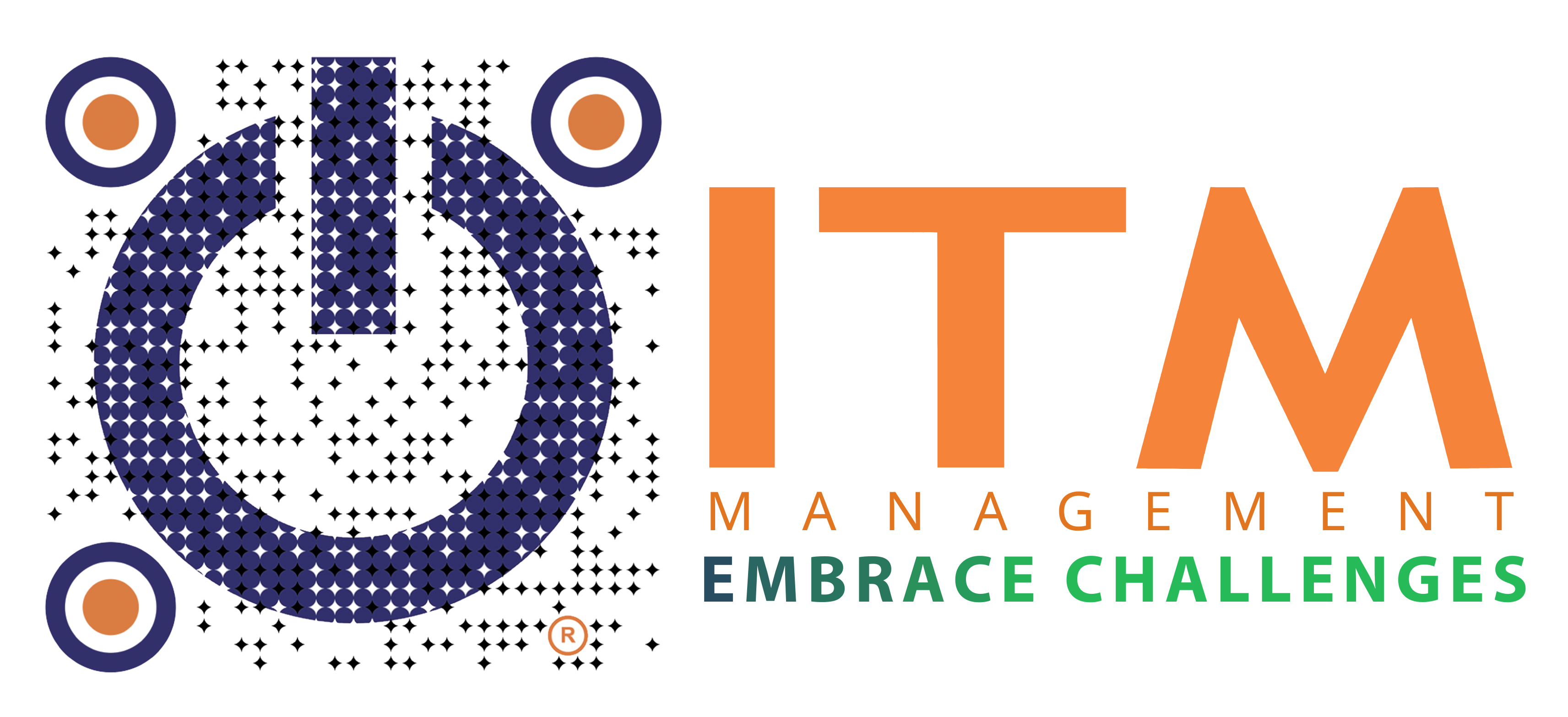In 2025, this statement is truer than ever that cyberattacks have become faster, smarter, and more relentless. And while large enterprises often make the headlines, small and mid-sized businesses (SMBs) are at greater risk. According to the 2025 Verizon Data Breach Investigations Report (DBIR), 88% of ransomware-related breaches affected SMBs companies that typically lack the same cybersecurity defenses, budget, and expertise as big corporations.
The Rising Threat Landscape in 2025
The digital economy is now so interconnected that every new app, cloud service, and endpoint device expands the surface attackers can exploit. Cybercrime is no longer an occasional disruption but a systemic business risk with escalating financial and reputational consequences.
Among the vast array of cyber risks, four categories of attacks consistently surface as the most disruptive and costly for organizations this year.
1. Phishing & Infostealers – Exploiting Human Trust
Phishing continues to be one of the most reliable entry points for attackers. Modern hacker campaigns use AI to craft realistic messages that appear indistinguishable from legitimate communications. Once the victim clicks, infostealer malware is often delivered, silently harvesting credentials, financial information, and tokens. These stolen identities frequently enable further account takeovers and business email compromise (BEC).
IBM X-Force observed an 84% year-over-year increase in infostealers delivered through phishing emails in 2025.
What organizations should do:
-
- Implement email security technology to detect malicious things sent via email
- Training cybersecurity awareness
- Deploy endpoint monitoring to catch infostealer behavior early.
2. Identity-Based Attacks – Credentials as the New Crown Jewels
With more workloads moving to the cloud, stolen credentials are one of the most valuable tools for cybercriminals. Instead of forcing their way in, attackers use these stolen accounts to log in like regular users. This makes them harder to spot and allows them to stay hidden for weeks—giving them time to steal data or prepare bigger attacks.
What organizations should do:
-
- Apply Zero Trust principles – never trust, always verify.
- Continuously monitor logins for anomalies (e.g., impossible travel, unusual hours).
- Limit privileges and enforce least-access policies.
- Integrate advanced Identity and Access Management (IAM) with behavioral analytics.
3. Ransomware – Still a Threat, But Evolving
Ransomware has long been the “headline” cyberattack, encrypting data and demanding payment. However, IBM X-Force observed a decline in ransomware incidents for the third consecutive year. The shift is linked to businesses refusing to pay ransoms and governments dismantling major ransomware groups.
But ransomware is far from gone. It still makes up a significant share of malware cases 28% in 2024 and remains one of the most damaging financially. Instead of encryption alone, attackers increasingly turn to data theft and extortion strategies, threatening to leak sensitive information to maximize pressure.
What organizations should do:
-
- Maintain offline, immutable backups for recovery.
- Segment networks to prevent lateral movement.
- Conduct incident response drills to shorten recovery time.
- Monitor for data exfiltration, not just encryption activity.
4. Vulnerability Exploitation – Hitting the Weak Links
Unpatched systems and misconfigured applications remain low-hanging fruit for attackers. IBM reports that adversaries are especially targeting edge devices and widely used software vulnerabilities, often striking within hours of a patch release. Because patch cycles lag behind exploitation speed, vulnerabilities remain one of the most persistent threats in 2025.
What organizations should do:
-
- Prioritize automated patch management
- Regulary update software
5. Defense Evasion – Outsmarting Security Tools
Cybercriminals increasingly develop techniques to bypass or disable security solutions such as antivirus and endpoint detection and response (EDR). By hiding their activity or tampering with defenses, attackers can extend their time inside a network without being detected.
What organizations should do:
-
- Enable tamper protection in EDR and security tools.
- Block vulnerable or unused drivers to prevent BYOVD exploits.
- Continuously update and harden detection rules.
- Monitor security logs for attempts to disable protections.
6. Drive-By Compromise – Infection Without a Click
Drive-by compromise occurs when simply visiting a compromised or malicious website causes a device to be infected with malware. Attackers often use tactics like poisoned search results or malicious online ads to lure victims.
What organizations should do:
-
- Use ad blockers and DNS filtering to block malicious content.
- Keep browsers and plugins patched and up to date.
- Deploy application allow/deny lists to limit unauthorized installs.
- Train employees to avoid unverified downloads and suspicious links.
7. Distributed Denial of Service (DDoS) – Overloading Systems
A DDoS attack floods a server, website, or network with massive amounts of traffic, overwhelming its capacity and making it unavailable to legitimate users. These attacks can cripple business operations and online services.
What organizations should do:
-
- Use DDoS protection services and traffic filtering solutions.
- Implement redundancy and load balancing in critical systems.
- Develop a DDoS incident response plan to minimize downtime.
- Run simulations with IT teams to prepare for large-scale disruptions.
8. Insider Threats – Risks from Within
Insider threats come from employees, contractors, or partners who intentionally or accidentally compromise security. This can involve stealing data, misusing access, or unintentionally opening the door for attackers through careless behavior.
What organizations should do:
-
- Apply strict access controls and least-privilege policies.
- Monitor user behavior with SIEM and behavioral analytics.
- Provide regular security awareness training for employees.
- Establish clear reporting channels for suspicious activity.
9. Business Email Compromise (BEC) – Impersonating Trust
BEC attacks trick employees into transferring money or sensitive data by impersonating executives, partners, or vendors through email. These highly targeted scams are among the most financially damaging cybercrimes worldwide.
What organizations should do:
-
- Train employees to verify unusual or urgent requests before acting.
- Enforce MFA and strong password policies for email accounts.
- Implement SPF, DKIM, and DMARC for email authentication.
- Flag external or suspicious emails with clear warning banners.
10. Supply Chain Attacks – Breaking Trust in the Ecosystem
Supply chain attacks target the trusted connections between organizations and their vendors, suppliers, or third-party platforms. Instead of attacking a company directly, cybercriminals compromise the technology or services of a trusted partner, then use that access to infiltrate the target organization.
This makes them especially dangerous: one weak link in the chain can expose dozens or even hundreds of businesses to cascading breaches. The growing reliance on open-source software, third-party APIs, and external service providers has only increased the attack surface for adversaries.
What organizations should do:
-
- Vet and continuously assess third-party vendors for security practices.
- Require suppliers to follow minimum cybersecurity standards (e.g., MFA, patch management).
- Use integrity checks to verify software and updates come from trusted sources.
- Implement endpoint monitoring to detect suspicious behavior coming through vendor connections.
- Develop a supply chain incident response plan to act quickly if a partner is compromised.
What We Believe Businesses Value Most in a Cybersecurity Partner
When it comes to cybersecurity, most organizations are not looking for complexity. What they truly need is protection that feels practical, reliable, and aligned with how they operate day to day.
In our view, this often translates into:
-
- Simplicity – solutions that are easy to use and effective without requiring deep technical expertise.
- Early Detection – the ability to spot threats quickly, before they can spread.
- Swift Response – support that acts immediately when incidents occur.
- Cost Efficiency – strong protection that remains affordable and sustainable.
- Practical Guidance – clear advice and examples that go beyond theory.
Conclusion: ITM – Your Trusted Cybersecurity Partner
In today’s digital battlefield, where threats evolve faster than defenses, having the right partner is critical. ITM combines advanced monitoring, rapid response, and expert guidance to protect your business against phishing, ransomware, identity-based attacks, and vulnerability exploitation.
Instead of facing cyber risks alone, you gain a dedicated partner who keeps your systems resilient and your operations running smoothly so you can focus on growth with confidence.
Contact ITM today to discover how our solutions can strengthen your defenses and keep your business thriving in 2025 and beyond.








